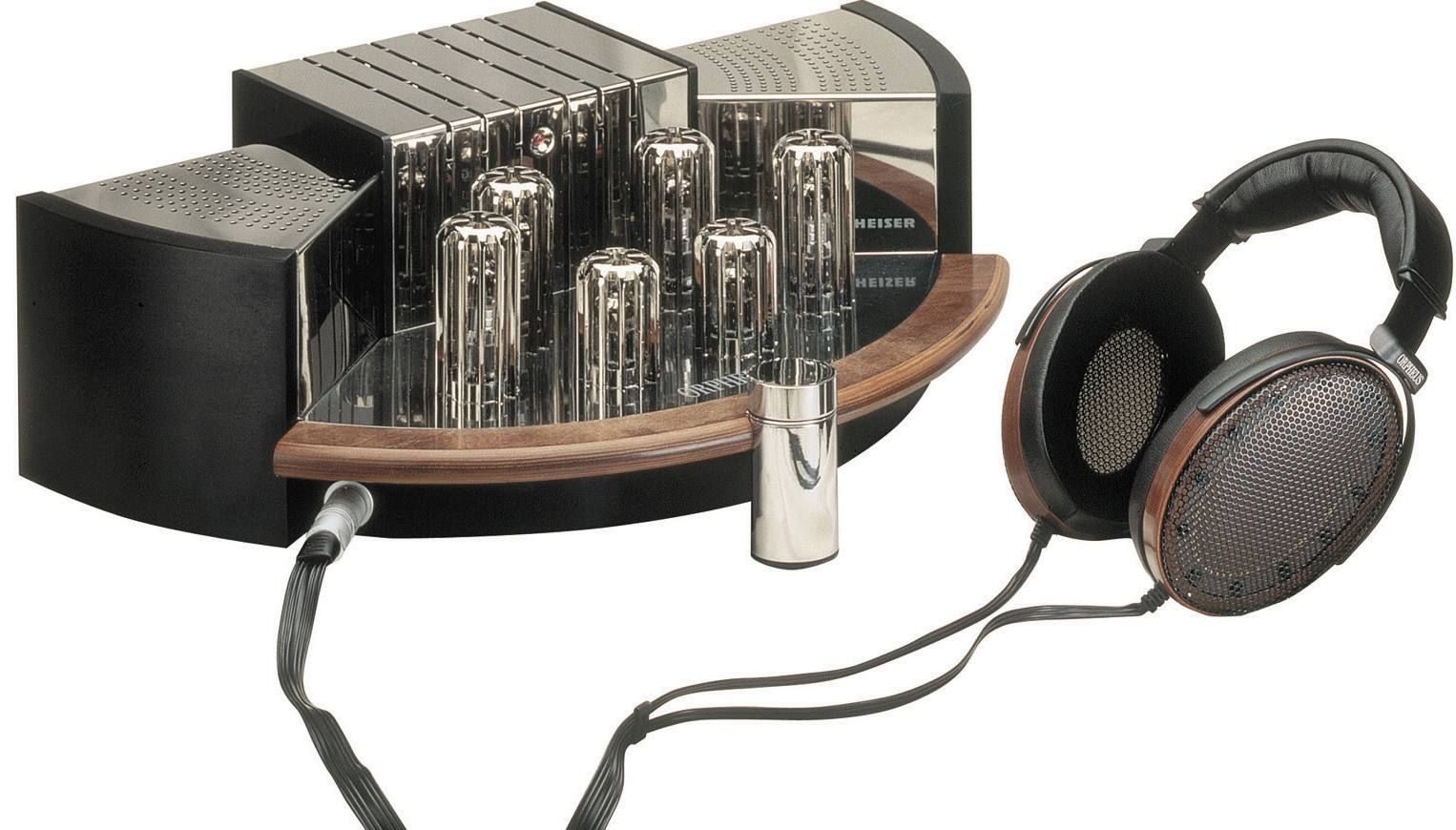With all of the (often pointless) sound "tweaks" out there, it's easy to forget that the true sonic upgrades will almost invariably come from output hardware rather than software. And while some software tweaks do actually make a marked improvement on sound quality without sabotaging clarity and neutrality (Elite Recognized Developer Supercurio's Voodoo Sound and the HRTF functionality in DSPManager come to mind), much of the software tweaks are are just glorified bass-heavy equalizers (*cough*Beats*cough*) that would make any true audiophile cringe.
So, what does this mean? Simple. It means that if you're looking to improve the sound quality of the music coming from your smartphone, you're going to have to pony up a few bones for a decent output stage. While many are content with simply using the included earbuds, others go so far as to purchase an external USB-enabled DAC, a portable headphone amplifier, and truly impressive transducers. However, this kind of rig is not for everyone. Not only are there price considerations to take into account, but all of this gear will most likely not fit into the already stuffed pockets of your skinny jeans. And let's face it, not everyone will appreciate an electrostat rig like the $12,900 Sennheiser Orpheus HE90 pictured above or a set of Stax. And if you're spending serious dough on the output stage, you had better have solid electronics and a well recorded music supply to back it up.
Thankfully, this is where XDA Forum Member jRi0T68 comes in. He shares with us a few tips to help hone in on exactly what it is that you want in the world of mobile audio with his brief guide. Now, I know what you may be thinking: "Why in the world does a headphone buying guide belong on XDA?" Well, for many of us here, one of the key functions in our mobile device, and as such, it is of significant importance to many in the community. Despite being only a primer, the guide covers a decent number of topics that should be considered before making a purchase:
1: Budget
2: Genres/Musical preference
3: Type of headphone
4: Functionality
5: The audio rig as whole
6: Source material
7: Build Quality
I'd also toss in one final criteria: sonic preference. Not everyone wants neutrality (i.e. to hear the recordings the way the recording engineers meant for them to be heard). After all, that's why many enjoy the warm sounds and even-order harmonic distortions of tube amplifiers, which by all objective means of measurement are inferior to their more analytical and razor-flat transistor counterparts that deliver unpleasing odd-order harmonic distortion when pushed too far. That's not to say that all tube-based amps are warm and have an excessive amount of even-order harmonic distortion, but that is a general trend caused by the underlying technology exhibited by many models.
As with amplifier technology, certain sets of cans (and loudspeakers, for that matter) are not aimed at being neutral, but still deliver pleasing sound, if that's what you're looking for. This is where the traditionally neutral and transparent Canadian (NRC research and work by Floyd E. Toole) and warm British (traditional "laid back" B&W character in many models) ideologies diverge, but that's far beyond the scope of this article.
Now if you are lazy and want a few quick blanket recommendations, I suggest taking a look into the following cans. I've owned, listened to, and/or played around with them as well as dozens of others, and they are some of the best in their respective categories and price ranges for those looking for neutral and detailed sound:
- Etymotic Research HF2/3/5 and ER-4s* (and P/PT for mobile)
- Sennheiser HD280 Pro, HD650*, and 800*
- Shure SRH840
- As well as a few others, depending on budget
*Keep in mind that in order to properly drive higher impedance cans such as the HD 650, HD 800, and ER-4S (not ER-4P/PT); you're going to want to have external amplification circuitry such as an Airhead or Bithead. And even then, a proper desktop amplifier is preferred.
However, if you'd like to delve deeper into the world of audio and find out what works best for you, head over to the original thread. Your ears will thank you.
No matter what you end up choosing, though, make sure you heed jRioT68's advice:
Many popular headphones (ahem Beats, Bose, Skull Candy) are more appearance than quality, and may offer booming bass that overshadows the rest of the music. THERE ARE BETTER OPTIONS AT THE SAME OR LOWER PRICES. Don't settle for a nice label. Get quality you can hear.

